Share the post "What Every Texan Homeowner Needs to Know About Energy-Efficient Upgrades: Boost Savings and Comfort!"
As Texan homeowners strive for energy efficiency, we must embrace the many energy-efficient renovations available. Since the Inflation Reduction Act made green living easier, we can modify our homes to lower our carbon footprint and power expenditures. Texas homeowners are excited to mix eco-friendly living with fiscal prudence by learning about energy-efficient house modifications.
Energy efficiency requires more than just changing light bulbs; it requires frequent audits and understanding insulation. We’ll also need to use incentives and rebates to ensure project financial sustainability. Choosing the best contractors ensures that our home modifications are performed properly and customized to our Texas houses.
Key Takeaways
- Upgrading to energy-efficient home systems can significantly reduce power expenses.
- Texan households can afford green upgrades with incentives and rebates.
- Maintaining home energy efficiency requires regular energy assessments.
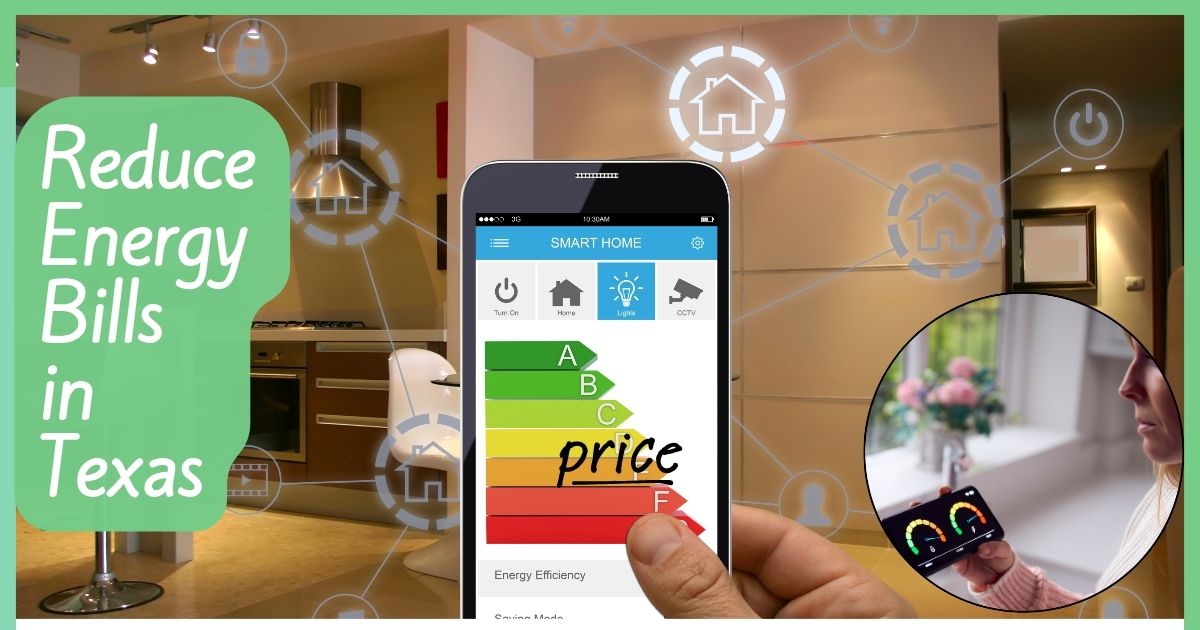
Understanding Energy Efficiency in Texan Homes
As we explore energy-efficient upgrades, it’s crucial for us Texan homeowners to understand not just the basics of what energy efficiency means, but also the direct benefits these upgrades can bring to our homes and wallets.
Basics of Energy Efficiency
Energy efficiency in homes revolves around the principle of using less energy to perform the same tasks. This could mean installing thermostats that learn our schedules, or opting for high-efficiency heat pumps that replace our old electric furnaces. Energy-efficient solutions often involve technology that operates more effectively, wasting less energy in the process.
- Insulation: One example is the “drill-and-fill” method, which adds insulation to existing walls without major renovation, greatly reducing the loss of conditioned air.
- Appliances: We also see energy efficiency in ENERGY STAR appliances that consume less power while delivering comparable performance.
Benefits of Upgrading to Energy-Efficient Solutions
The benefits of making our homes more energy efficient extend beyond feeling good about preserving the environment. They translate into tangible financial savings and increased comfort.
- Cost Savings: By implementing energy-efficient mortgages, for instance, we can often recoup the costs of upgrades through savings on our utility bills.
- Increased Home Value: Moreover, homes with energy-efficient upgrades can see an increase in market value, making it a smart investment.
- Tax Incentives: And, with potential tax incentives for eco-friendly upgrades in our lovely state of Texas, we could be looking at upfront savings as well.
By understanding both the fundamental mechanics and the benefits of energy-efficient upgrades, we can make informed decisions that pay off in the long run. Let’s get excited about the potential savings and comfort that comes with a greener home!
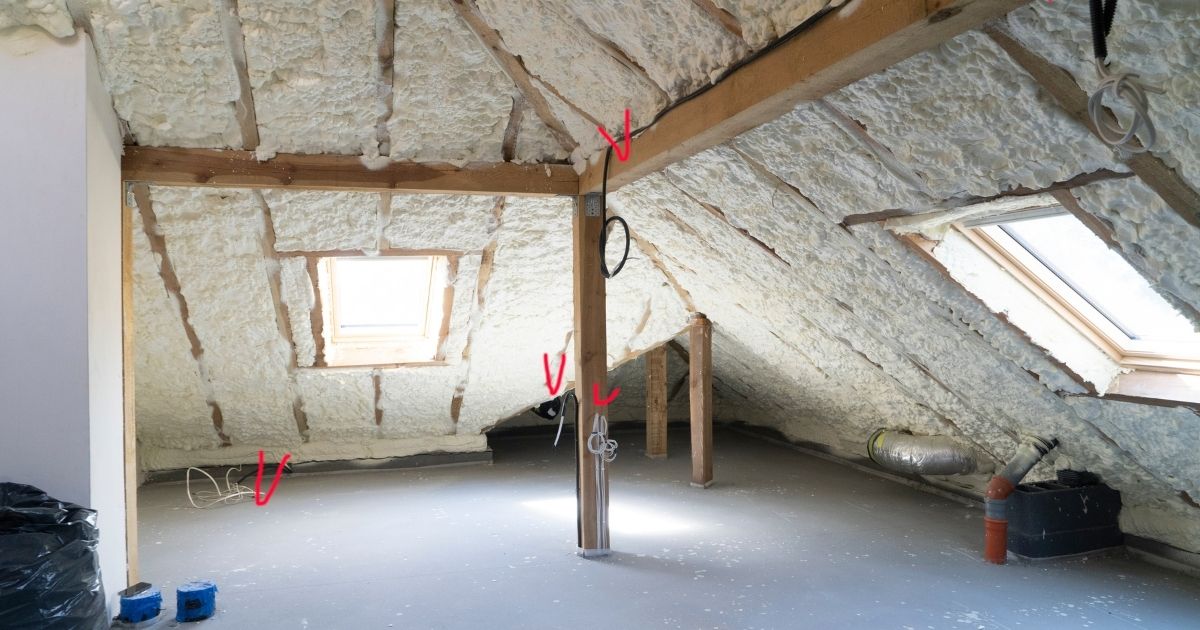
Key Energy-Efficient Upgrades for Texan Homes
We’re diving right into the transformative power of energy-efficient home upgrades specific to our great state of Texas. These aren’t just changes; they’re investments in our homes’ futures, slashing utility bills and heightening comfort remarkably.
Solar Panel Installation
Embracing the sunny days in Texas, solar panel installation is a top upgrade for energy-conscious homeowners. Harnessing solar energy can reduce electricity costs massively with a setup that pays for itself over time. Innovative incentives and rebates can make solar adoption more affordable than ever.
High-Efficiency HVAC Systems
Next up, high-efficiency HVAC systems which are tailor-made for our Texas climate. Upgrading to a high-SEER unit can cut cooling costs by up to 40%. Plus, it improves indoor air quality—not just cooler air, but cleaner air, too!
Window and Door Improvements
Don’t overlook the impact of window and door improvements. Proper sealing and energy-efficient materials keep the Texas heat out and the cool comfort in. This means lower AC bills and a quieter, more serene home atmosphere.
Insulation and Ventilation Enhancements
Finally, we tackle insulation and ventilation enhancements. Upgrades here can prevent energy from seeping out of your attic and walls. Improving insulation is like putting a thermal blanket around our homes, offering year-round energy consumption reductions. Better ventilation systems complement this by balancing indoor climate and humidity levels, yielding a more efficient, comfortable home environment.
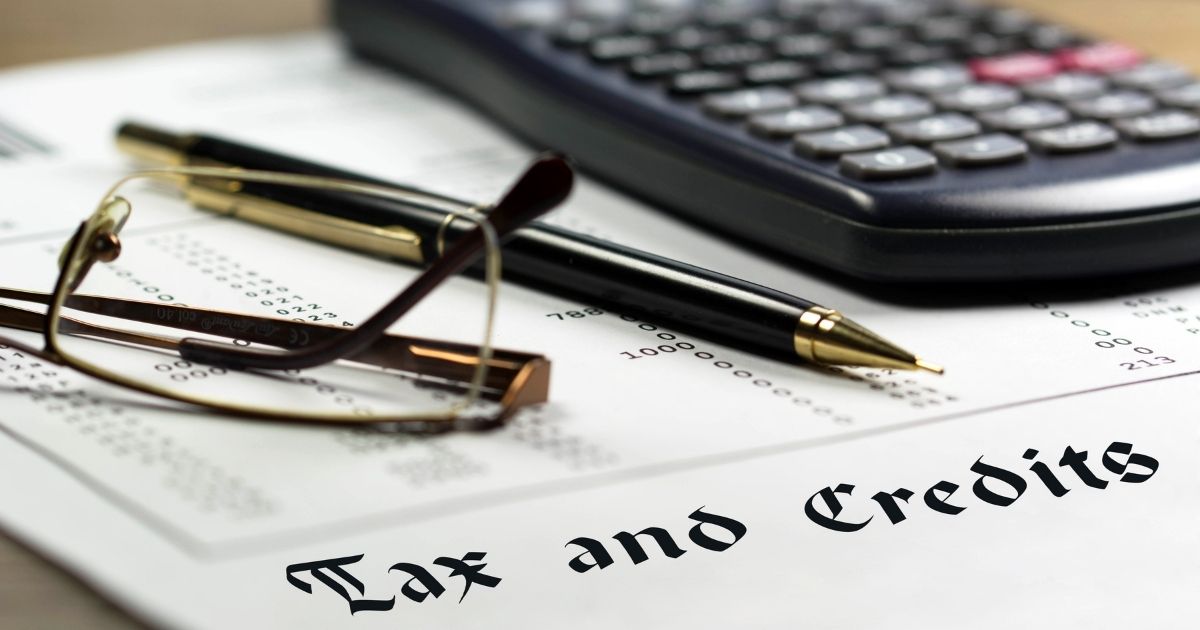
Navigating Incentives and Rebates
We’re diving into the sea of savings available for Texan homeowners! Let’s make sure we get every cent we’re entitled to through the myriad of energy-efficient upgrades incentives.
Federal Tax Credits
First up, we’ve got the big fish: Federal Tax Credits. Did you know we can claim rebates through the Inflation Reduction Act Rebates and Tax Credits? We’re talking about significant savings on solar panels, energy-efficient appliances, and more! Don’t swim past the chance to claim up to $2,000 for some of these upgrades. Keep your receipts and product details, as we’ll need them to claim our credits come tax time.
State-Specific Incentives
Now, let’s hook into the State-Specific Incentives in Texas. While the federal programs are great, we also have state-administered incentives that are tailored to our needs as Texans. Check with energy.gov programs that can lead to extra rebates for upgrades like HVAC and insulation that make our homes more energy-efficient.
Local Utility Rebate Programs
Lastly, let’s cast a net over the Local Utility Rebate Programs. Many local utilities offer rebates for energy-efficient appliances and home improvements. For instance, you could snag a rebate for upgrading to a high-efficiency air conditioning unit or installing insulation. We need to get in touch with our local utility companies to see which programs can put money back in our pockets. It’s like finding hidden treasure in our own backyard!
Remember, we’re not just saving money right now; we’re investing in our home’s future and doing our part for the planet. Let’s grab these opportunities with both hands, Texas!
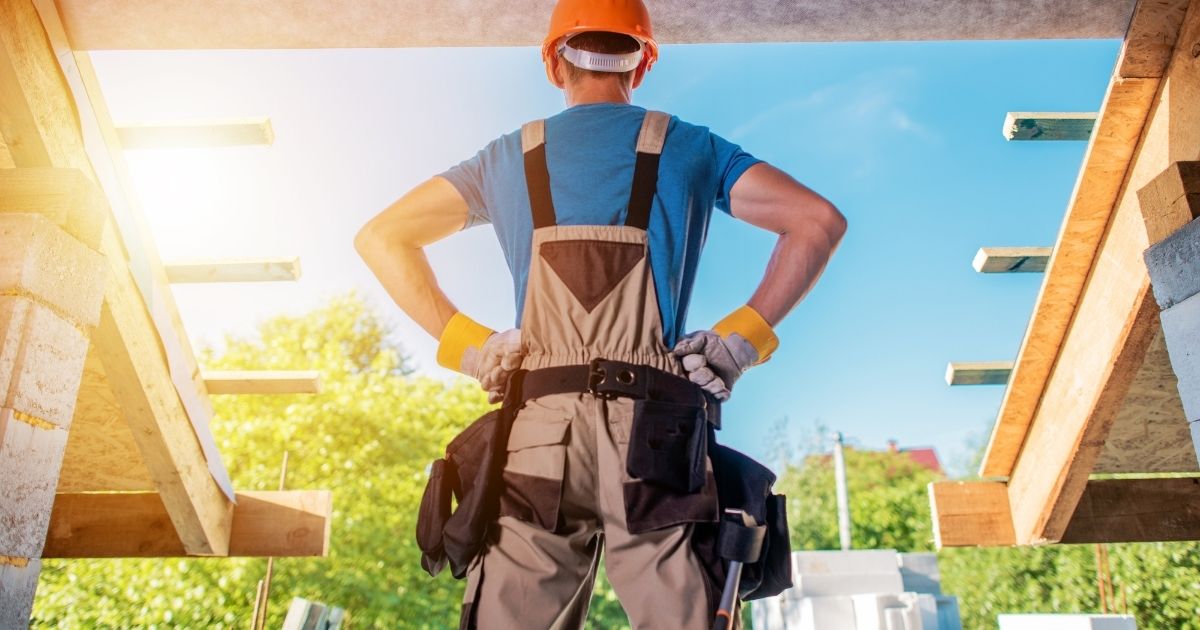
Selecting the Right Contractors
When we talk about energy-efficient upgrades, the expertise of the contractors we choose is crucial. Let’s focus on ensuring they have the right skills and ask them pointed questions to guarantee our home upgrades yield the best results.
Certifications and Qualifications
- Knowledge of Local Building Codes: Contractors must be familiar with the Texas building codes related to energy efficiency.
- Energy-Specific Expertise: Look for certifications like the LEED (Leadership in Energy and Environmental Design) or experience in ENERGY STAR-rated installations.
Make sure the contractors have a solid track record of energy-efficient projects.
Questions to Ask Prospective Contractors
- Experience: “Can you provide examples of past energy-efficient upgrade projects?”
- Approach: “What kind of energy-saving materials do you propose, and why?”
It’s wise to prepare a tailored list of questions, when interviewing builders and contractors. Interrogate their process and materials to ensure they align with energy-efficient goals.
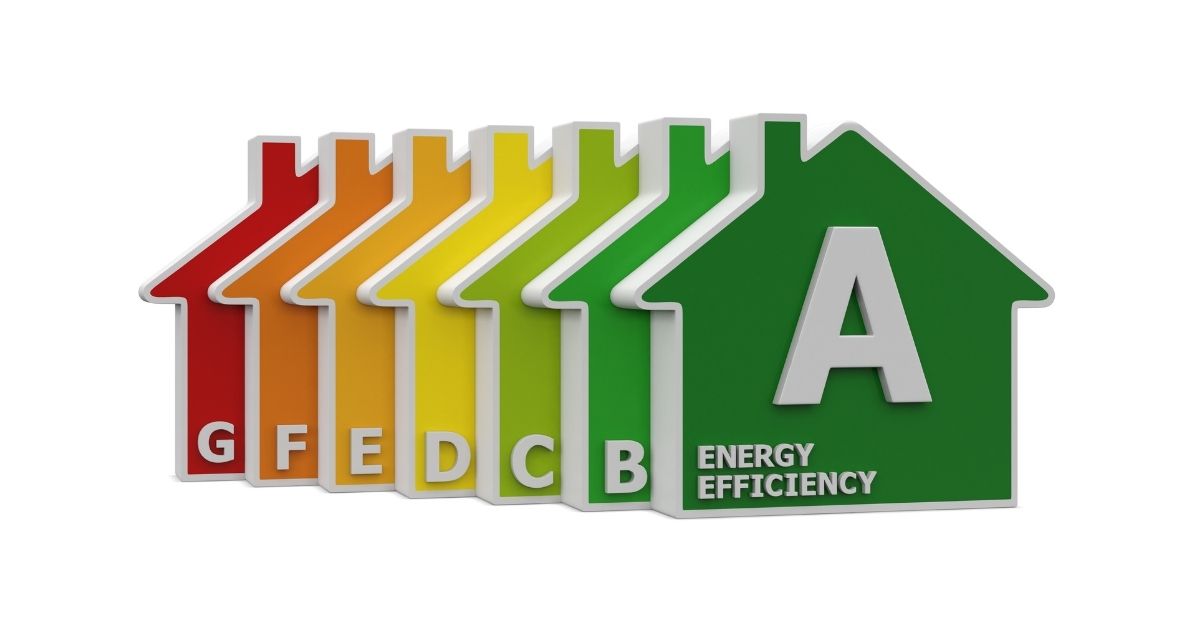
Energy Audit and Assessment
Before we dive into the specifics, know that understanding and acting on the insights from a home energy audit can be a game-changer for our homes’ efficiency and our wallets.
The Importance of a Home Energy Audit
A home energy audit is our first step towards creating a more energy-efficient home. It’s like a physical exam for our property, shedding light on how energy flows through our house and where it’s lost. This audit points us to the most effective improvements that we can make to boost our home’s energy efficiency. For instance, a home energy audit can uncover hidden leaks or insulation issues. By addressing these, we don’t just save money; we also enhance the comfort of our living space!
Interpreting Energy Audit Results
After conducting the audit, it’s crucial to understand our energy audit results. Key findings will typically highlight areas such as:
- Air Leaks: Where is air escaping from our home?
- Insulation Quality: How well is our home insulated?
- Heating and Cooling Systems’ Efficiency: Are our systems running optimally?
Interpreting these results allows us to prioritize the upgrades that will have the biggest impact. An audit might show that sealing up leaks in the attic could be more cost-effective compared to other fixes. By focusing on the right areas, we can ensure our energy-saving efforts are not wasted.
For detailed insights, referring to an expert evaluation like an Energy Audit is invaluable. They detail the specific interventions that can lead to substantial energy savings, and ultimately, a lower carbon footprint for our home.

Sustainable Landscaping and Exterior Upgrades
In Texas, where heat and drought are common concerns, we can make significant strides in energy efficiency through thoughtful landscaping and exterior improvements. Not only do these upgrades enhance our home’s aesthetic, but they also contribute to a more sustainable environment and potentially lower energy costs by using shading and water retention methods.
Drought-Resistant Landscaping
Let’s start with our yards: embracing drought-resistant landscaping is a game-changer. By choosing native plants that thrive in our climate, we reduce the need for excessive watering. Think about Texas’ tough perennials, like the vibrant Texas Lantana or the hardy Texas Sage. They’re not only beautiful but also water-wise and will keep our gardens looking lush even during dry spells.
- Choose Native Plants: for example, Bluebonnets and Indian Paintbrushes add color without needing much water.
- Implement Xeriscaping: replace large areas of thirsty grass with gravel, rocks, or native ground cover.
By focusing on plants fit for our regional climate, we ensure our gardens are able to thrive without a heavy reliance on water resources. Making these adjustments can lead to tangible reductions in our water bill and conserve essential resources.
Exterior Shading Solutions
Next, let’s tackle the hot Texas sun with exterior shading solutions. Strategic placement of trees and structures not only blocks the intense heat but also adds to our home’s overall charm.
- Plant Deciduous Trees: their leaves provide shade in summer, and when they shed in fall, sunlight can pass through to warm our homes in cooler weather.
- Install Awnings or Pergolas: this creates shaded outdoor areas and helps to prevent heat from reaching our windows directly.
By implementing smart shading strategies, we actively diminish the need for air conditioning, which in turn cuts down on our energy use and bills. Plus, we’re creating a cooler space to enjoy the outdoors even in the height of summer!
When we combine drought-resistant landscaping with effective shade, we create a sustainable outdoor environment that helps keep our homes cool and conserves water—all while elevating the look and comfort of our personal outdoor spaces.
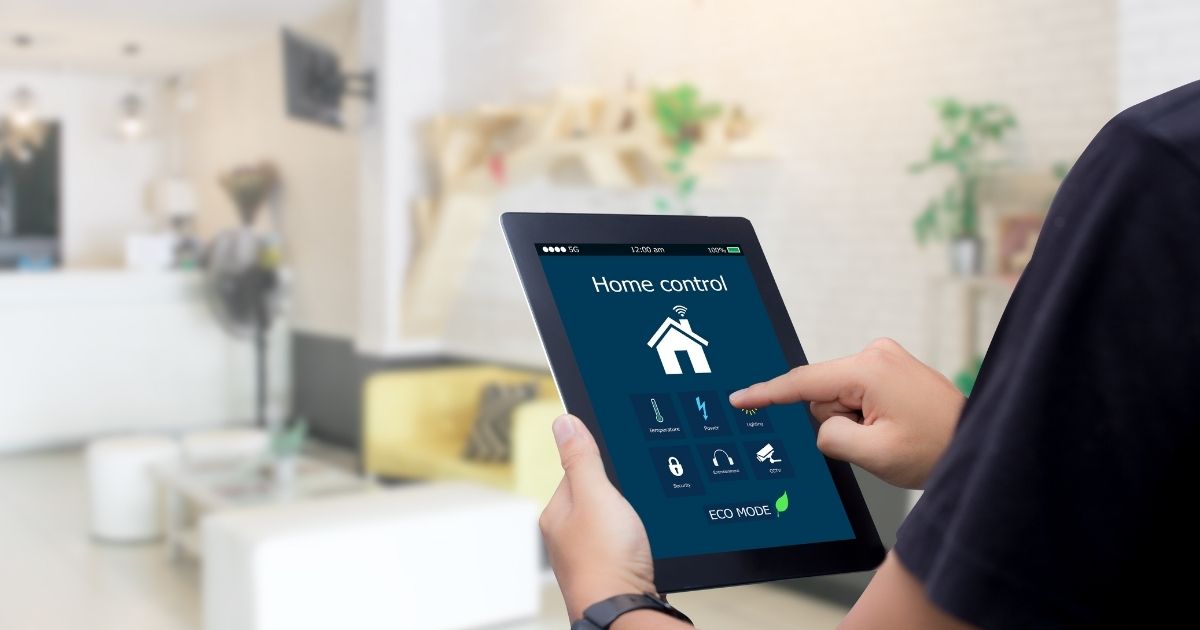
Monitoring Energy Consumption
In Texas, where the sun beats down and air conditioners work overtime, we’ve got to keep a watchful eye on our energy consumption. Let’s talk about two cutting-edge ways to do just that: through smart home systems and energy use trackers.
Smart Home Systems
Smart home systems are the future, and we’re here for it! They’re a fantastic way for us to gain real-time insights into our home’s energy habits. By integrating devices like the Sense Energy Monitor, we can identify which appliances are hogs and which are more energy-friendly. These systems automate control, so we can tweak settings from anywhere to ensure maximum efficiency.
Energy Use Trackers
On the other hand, energy use trackers are all about the numbers. They’re what we need to measure our exact consumption. Devices like the EMPORIA smart plug let us monitor specific parts of our home, like the hefty HVAC system, or even the pool pump. We can view usage trends over time, compare our kWh to the Texas average monthly kWh usage, and make informed decisions on where to cut back.
Maintenance and Upkeep
Energy-efficient upgrades are more than a one-time install; they thrive on our ongoing attention and care. Here’s how we can keep our Texas homes performing at their best with consistent maintenance and savvy DIY strategies.
Regular Check-Ups
We understand that our homes are significant investments, so scheduling regular check-ups for our energy-efficient systems is crucial. Just like visiting the doctor, these check-ups will:
- Ensure HVAC systems are operating efficiently. Clean filters and check for duct leaks can prevent energy wastage.
- Review insulation levels in attics and crawl spaces to keep cooling and heating demands in check.
- Look for any weather stripping around doors and windows that may need replacing to avoid drafts and energy leakage.
DIY Maintenance Tips
We’re all about empowering homeowners with DIY maintenance tips that save money and enhance our home’s energy efficiency:
- Seal cracks and gaps with caulk or foam. This simple action can stop air leaks that overwork our AC units.
- Installing LED bulbs not only cuts down on our electricity bill but also reduces the frequency of bulb replacements due to their long-lasting life.
- Cleaning gutters and downspouts ensures proper drainage and protects the integrity of our roof and foundation, indirectly supporting our home’s thermal regulation.
By embracing these upkeep practices, we extend the life of our upgrades and optimize our Texan homes for peak performance.
Share the post "What Every Texan Homeowner Needs to Know About Energy-Efficient Upgrades: Boost Savings and Comfort!"
Christian Linden is a seasoned writer and contributor at Texas View, specializing in topics that resonate with the Texan community. With over a decade of experience in journalism, Christian brings a wealth of knowledge in local politics, culture, and lifestyle. He holds a Bachelor's degree in Communications from the University of Texas. When he's not writing, Christian enjoys spending weekends traveling across Texas with his family, exploring everything from bustling cities to serene landscapes.











